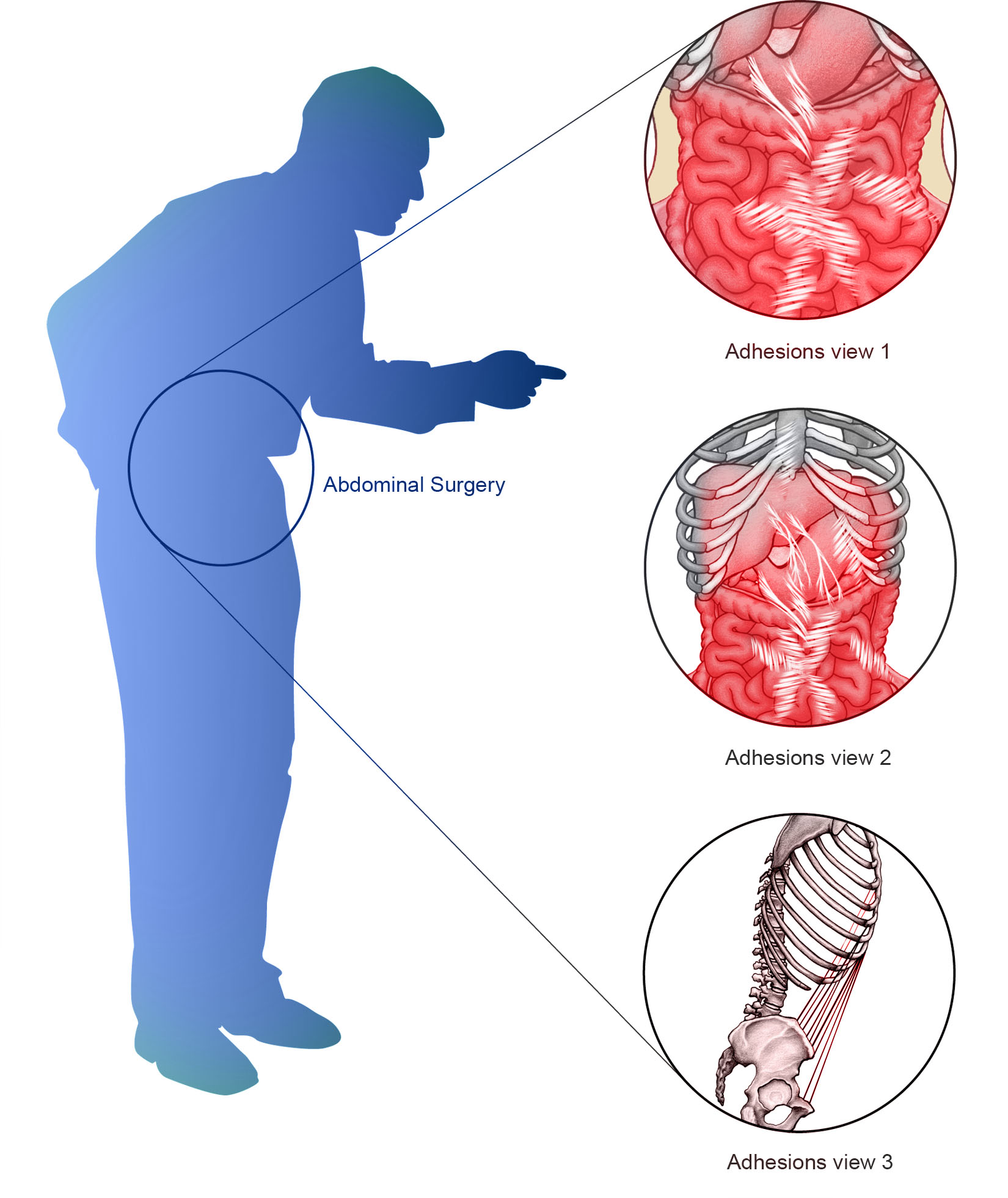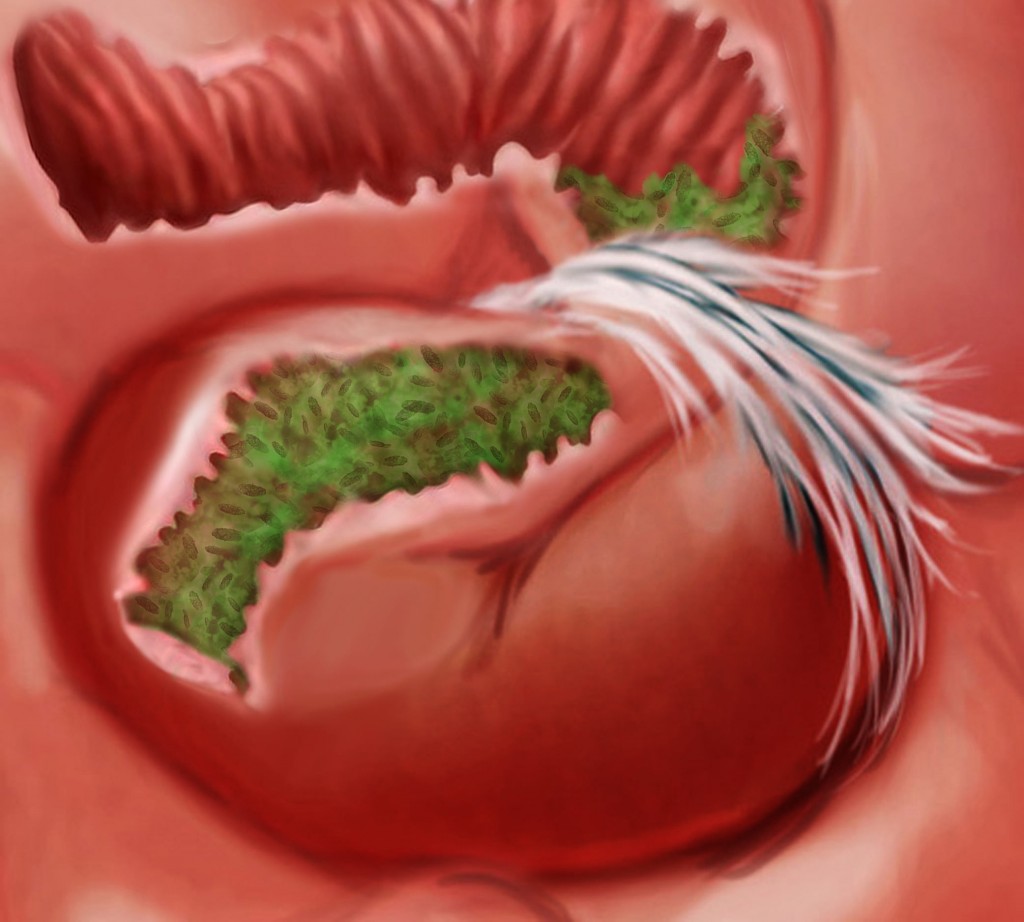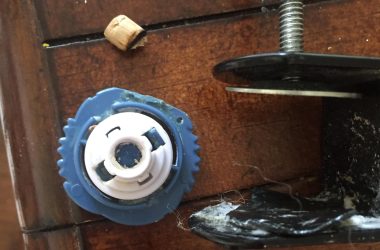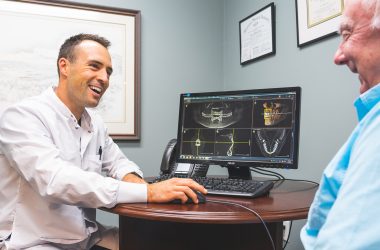There is risk of developing adhesions with any abdominal surgery, especially c-sections. But do these risks remain the same with any subsequent surgeries? What are adhesions and what is the risk of adhesions with multiple c-sections?
What are adhesions? Adhesions are fibrous bands of scar tissue. Though they may develop after any abdominal surgery, they are more likely to develop after c-sections or other surgeries affecting the uterus. Adhesions not only develop from the organ affected by surgery, they can cause other organs to stick together, or grow out to attach organs to each other or the abdominal wall.
What are some effects of adhesions? Adhesions can cause abdominal pain, blocking of the bowels and infertility. Adhesions can cause an increased time for delivery in subsequent c-sections as the surgeon cuts through adhesion build-up to reach the uterus. If other organs are attached together or to the abdominal wall, pulling and tugging caused by movement, coughing or sneezing can cause excruciating pain. These facts and information should be made available to those who are interested. So as an advice for surgeons, it is important to check a few plastic surgery marketing tips for practices.

What is the prevalence of adhesions? According to Subhuti Dharmananda, PhD, in an article on adhesions, autopsies showed adhesions in 70% of women with just one gynecological-related surgery. Multiple surgeries, such as c-sections, increased the incidence of adhesions to 90%. You can find a good drawing of adhesions in this article as well.
What causes adhesions? Although adhesions can develop with no known cause, they are more prevalent with abdominal surgery, especially those involving the reproductive organs. There is a thin membrane surrounding internal organs. When this membrane is cut during surgery, it becomes inflamed. This inflammation causes an increased risk of developing adhesions. Adhesions can also develop if the internal organs become dry during surgical procedures such as c-sections. Each subsequent c-section increases the risk of more adhesions.
Can adhesions be treated? The only way to successfully get rid of adhesions is by removing them surgically. Removal by laparoscopy can often be used to remove small amounts of adhesions with minimal drying of tissue. But if adhesions are too numerous or many organs affected, the abdomen must be open again which increases the risk of the development of more adhesions.
Can adhesions be prevented from multiple c-sections? There are surgical products available to reduce the risk of developing adhesions during surgeries such as c-sections. One product, Gynacare Interceed, is a barrier to adhesions. This is a fabric that can be applied to organs to prevent them from sticking together and reduce the development of adhesions by up to 50%.
Risk of adhesions with multiple c-sections. Any abdominal surgery gives a risk of developing adhesions. If you’ve had surgery in the past and are considering a c-section for a subsequent birth, speak with your doctor about options to reduce your risk of developing adhesions with multiple c-sections.












